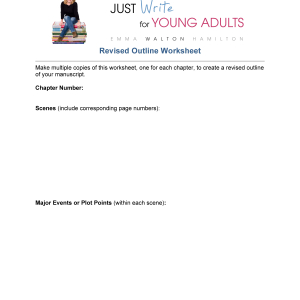
Character + Problem = Story
 Last week, we delivered the first draft of the next manuscript in our Very Fairy Princess series. This one is a leveled reader – still 32 pages, like a picture book, but with fewer and simpler words, more repetition, and a whole bunch of other ‘rules,’ such as no contractions, limited idioms, and so forth. The differences are based upon the fact that picture books are intended to be read aloud to, or with, a child, while leveled readers (also called Early Readers or I Can Read Books) are designed for the emerging reader to read to him- or herself. The challenge is that the story must still be compelling, with enough dramatic tension to make the reader want to turn the pages to find out “what happens next?” even while they’re busy decoding the words.
Last week, we delivered the first draft of the next manuscript in our Very Fairy Princess series. This one is a leveled reader – still 32 pages, like a picture book, but with fewer and simpler words, more repetition, and a whole bunch of other ‘rules,’ such as no contractions, limited idioms, and so forth. The differences are based upon the fact that picture books are intended to be read aloud to, or with, a child, while leveled readers (also called Early Readers or I Can Read Books) are designed for the emerging reader to read to him- or herself. The challenge is that the story must still be compelling, with enough dramatic tension to make the reader want to turn the pages to find out “what happens next?” even while they’re busy decoding the words.
Today we received the expected feedback from our lovely editor: “Good first draft. We just need to work a little more on the dramatic tension…”
Writing a children’s book is sometimes very much like doing a math problem. We start with a concept or idea – in this case, it’s Christmas – and try to figure out what problem our hero is wrestling with. What does Gerry want, relative to Christmas – and what problem, or obstacle, does she encounter?
But it’s not enough to just establish a problem and then have the character solve it. The problem needs to escalate, to get compounded in some way as the story goes on so as to make the reader curious enough to keep turning the pages. Even when we are busy being distracted by details like whether a word has too many syllables or how to say something without using a contraction (or making sure the voice is consistent, or the rhyme is true, or any of the other myriad rules relative to writing children’s books) we still have to remember, first and foremost, to keep raising those stakes. After all, it’s a story.
Back to the drawing board – er, computer. But, like any math problem, I’ve come to trust that if we keep whittling away at it, the answer will reveal itself.
